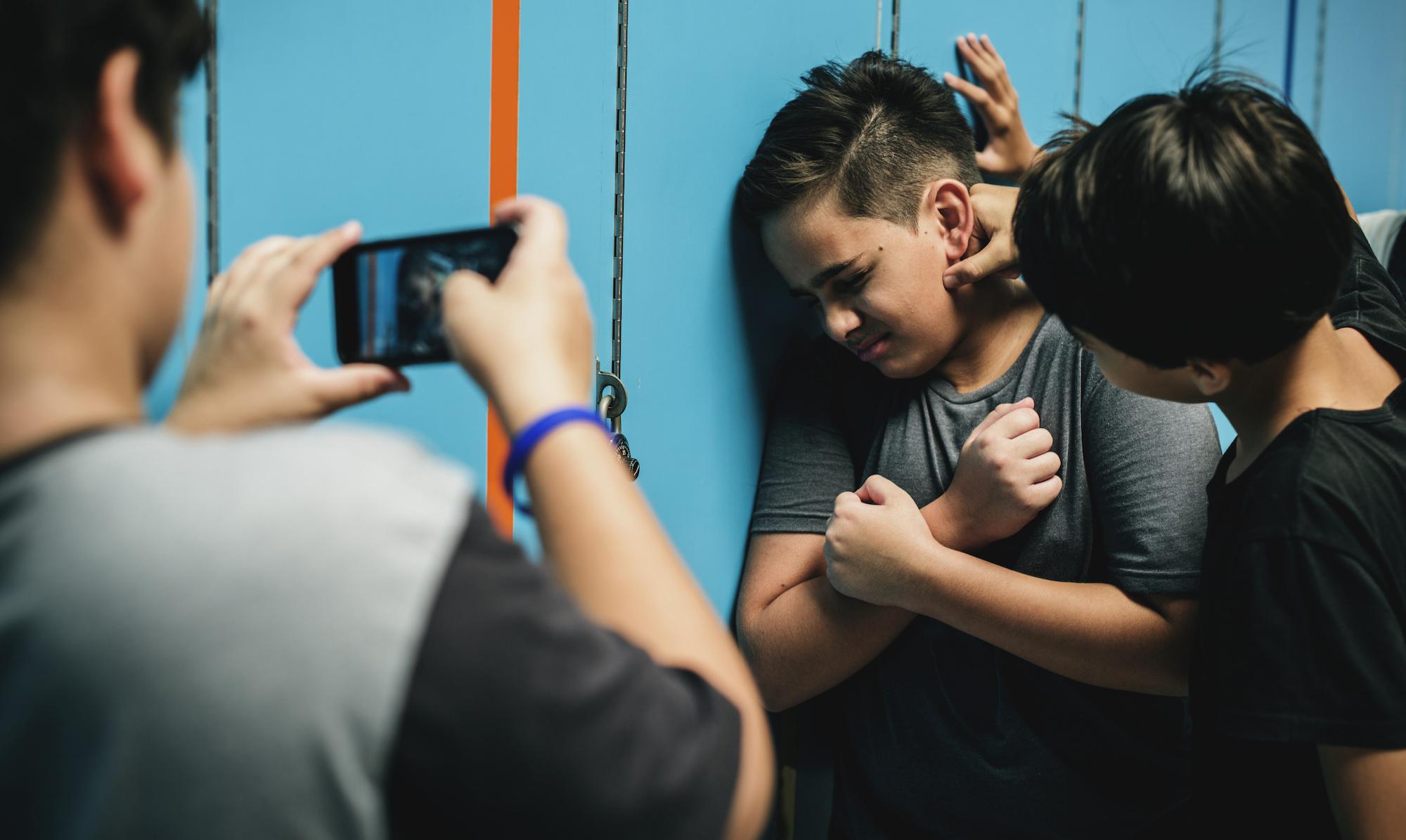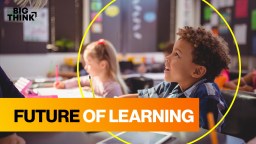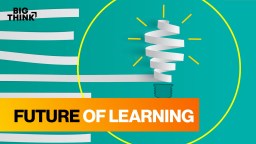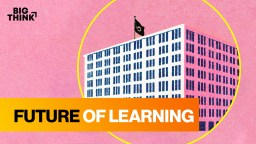youth
If love is an addiction, your first love is the first dose.
Remedies must honor the complex social dynamics of adolescence.
Can playing video games really curb the risk of depression? Experts weigh in.
For centuries, universities have advanced humanity toward truth. Professor Jonathan Haidt speaks to why college campuses are suddenly heading in the opposite direction.
Research from MIT’s School Effectiveness & Inequality Initiative found making college more affordable cut dropout rates and boosted degree attainment.
Having grown kids still at home is not likely to do you, or them, any permanent harm.
While the benefits of music therapy are well known, more in-depth research explores how music benefits children with autism.
From AI to climate anxiety, youth are speaking up about mental health.
Even kids get that a real leader puts others’ interests first.
Technology is an important tool, but it will take an ecosystem of educators, students, and caregivers to make the most of it.
▸
9 min
—
with
There are pros and cons to owning a pet as a marginalized individual.
The CDC’s latest youth risk survey houses some scary numbers but shows that evidence-based sex education is working.
From reassessing the way schools are funded to changing the curriculum, there are ways to fix the inequities in education.
▸
4 min
—
with
Educators have proven that they can “turn the aircraft carrier” when they need to, but the system needs to match their efforts.
▸
6 min
—
with
A new study shows that anxiety has been rapidly increasing among young adults in the U.S. from 2008 to 2018.
What are schools for and who is leading the ship?
▸
5 min
—
with
What good is a conspiracy theory you can’t profit from?
Sharing QAnon disinformation is harming the children devotees purport to help.
What happens when someone you respect doesn’t treat others with dignity?
▸
4 min
—
with
Even non-academic experiences can inspire meaningful moments of learning and self-reflection.
▸
2 min
—
with
Helping students get better at learning prepares them for life, not just higher education.
▸
4 min
—
with
Building a personal connection with students can counteract some negative side effects of remote learning.
▸
5 min
—
with
Chronic irregular sleep in children was associated with psychotic experiences in adolescence, according to a recent study out of the University of Birmingham’s School of Psychology.
The word “learning” opens up space for more people, places, and ideas.
▸
3 min
—
with
How students apply what they’ve learned is more important than a letter or number grade.
▸
4 min
—
with
A new study pushes back on psychiatry industry talking points.
Pew Research Center data shows that most people think diversity improves lives in their countries.
The COVID-19 disruption is a really an opportunity for collaborating and building stronger relationships.
▸
4 min
—
with
The importance of finding and shaping learning communities.
▸
3 min
—
with
How can curriculum planners refresh learning in the wake of COVID-19?
▸
4 min
—
with





























